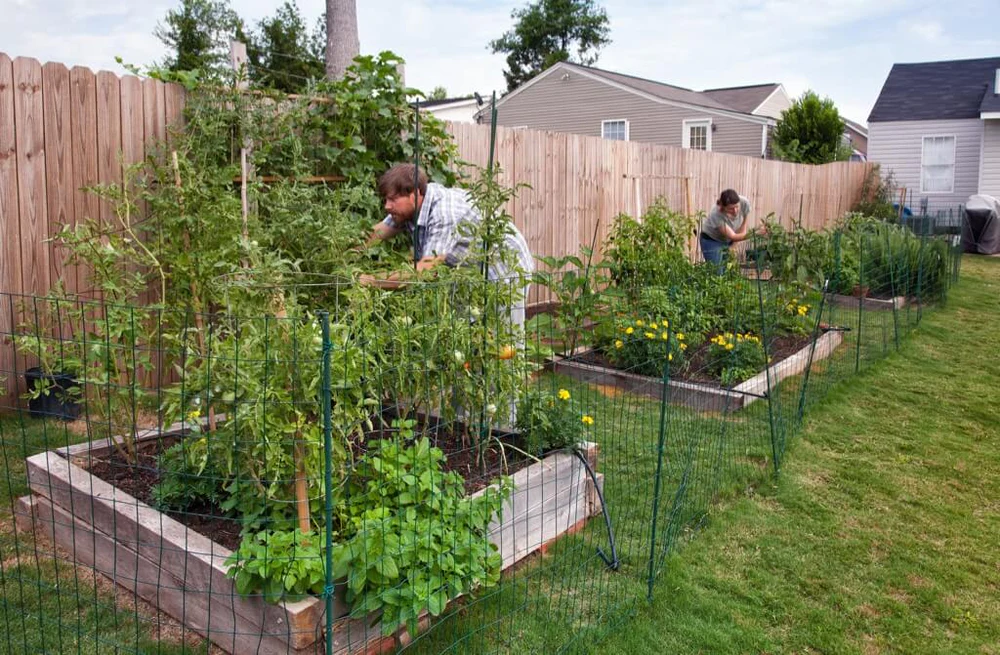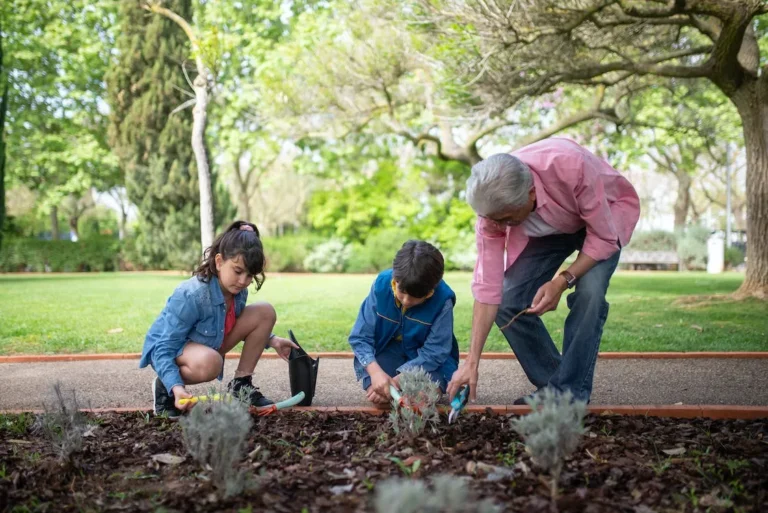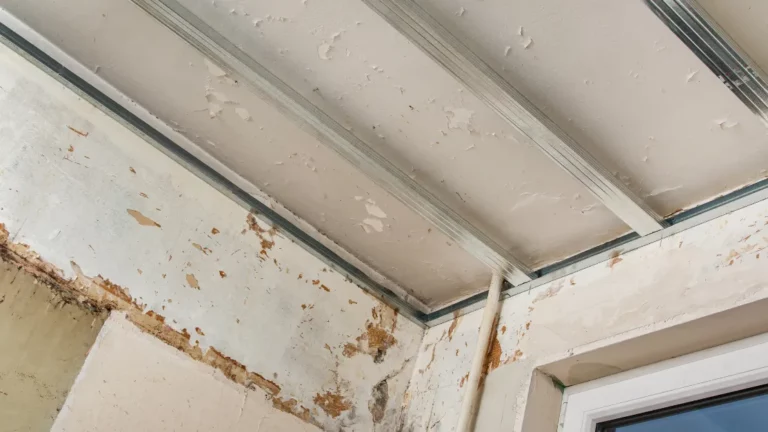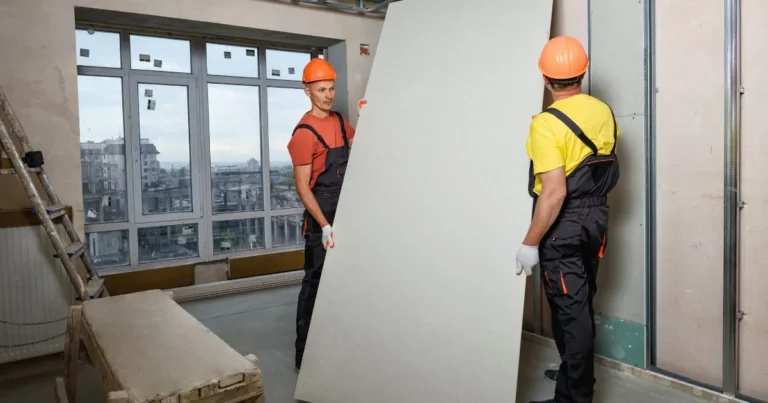How to Start a Vegetable Garden in Your Backyard
Are you tired of grocery shopping for mediocre vegetables that lack flavor and freshness? Are you looking for a way to connect with nature, reduce your carbon footprint, and save some serious money in the process? Well, it’s time to roll up your sleeves and dig into the wonderful world of vegetable gardening!
Imagine stepping out into your backyard on a warm summer morning, where rows upon rows of vibrant green plants flourish under the golden rays of the sun. The smell of freshly turned soil fills the air as you pluck ripe tomatoes from their vines or harvest crisp lettuce leaves for tonight’s salad. With a little effort and some know-how, you can transform even the tiniest patch of land into a bountiful oasis teeming with delicious homegrown goodness.
Whether you’re an experienced gardener or just starting with a green thumb itch, this guide will equip you with all the knowledge and tips you need to start your vegetable garden right in your backyard. From choosing the perfect location to nurturing your plants like a pro, we’ve got it all covered. So grab those gardening gloves and let’s get started!
Getting Started: Beginner Gardening Tips
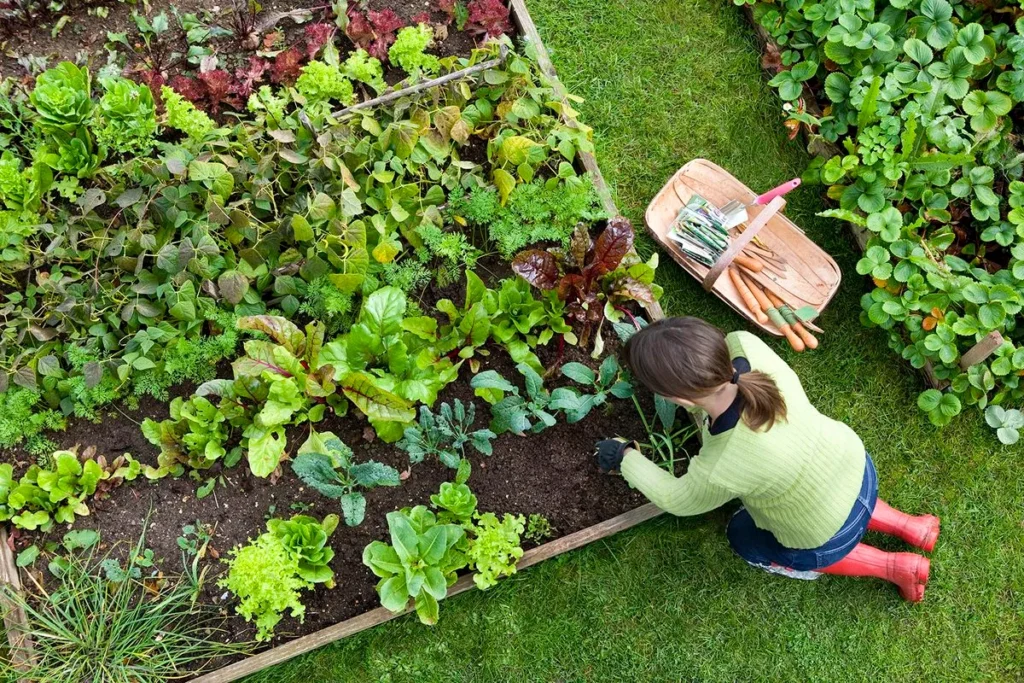
Are you ready to embark on your backyard vegetable gardening journey? Here are some beginner gardening tips to help you get started. Begin by choosing an area with plenty of sunlight and good drainage. Start small, with a few easy-to-grow vegetables like tomatoes, lettuce, or herbs. Prepare the soil by removing any weeds and adding organic matter. Follow these simple steps, and soon you’ll be well on your way to enjoying homegrown veggies!
Planning Your Vegetable Garden
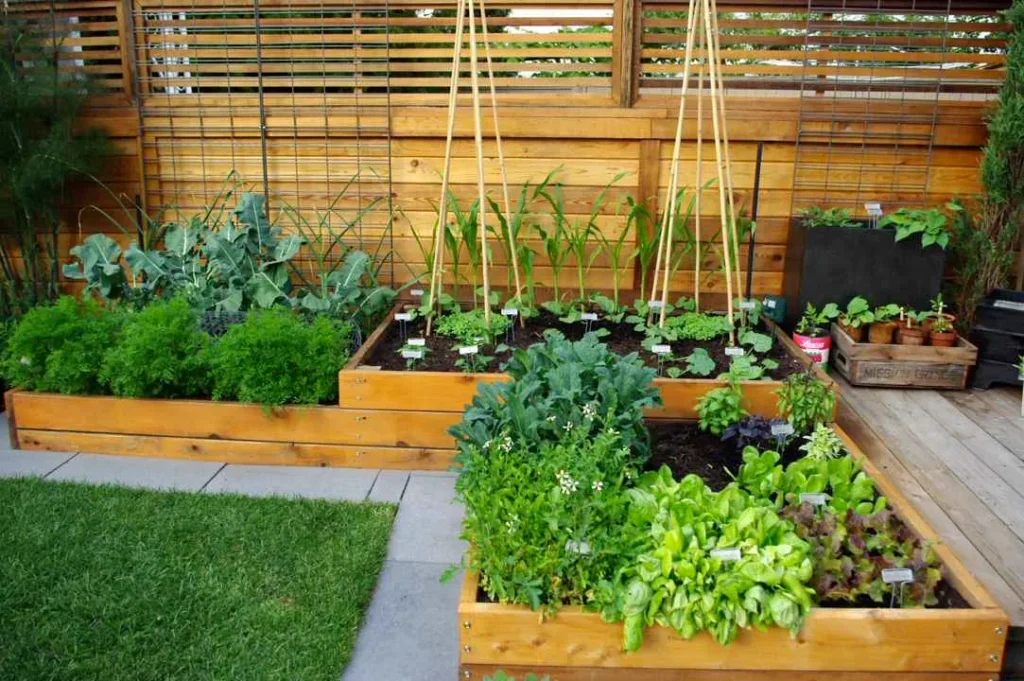
When it comes to planning your vegetable garden, there are a few key things to consider. First, think about the size of your garden and how much space you have available. Next, decide what types of vegetables you want to grow and how many plants you will need. Consider factors like sunlight, soil quality, and climate when choosing your crops. Sketch out a rough layout for your garden so you can visualize where everything will go. Planning is essential for a successful backyard vegetable garden!
Choosing the Right Location
Choosing the right location for your vegetable garden is crucial to its success. Look for an area that receives at least six hours of sunlight per day and has well-drained soil. Avoid low-lying areas that may become waterlogged. Consider proximity to a water source and accessibility for maintenance tasks. Take into account any existing structures or trees that could provide shade or block sunlight. A careful selection of the location will lay the foundation for a thriving backyard vegetable garden!
Selecting the Best Vegetables for Your Garden
When it comes to selecting the best vegetables for your garden, there are a few factors to consider. First, think about what you and your family enjoy eating. Next, consider the climate and growing conditions in your area. Think about the space available in your garden, and choose vegetables that will thrive in that environment. With careful selection, you’ll be on your way to a bountiful backyard vegetable garden!
Preparing the Soil
Preparing the soil is a crucial step in starting your backyard vegetable garden. Begin by removing any weeds or grass, and then loosen the soil using a garden fork or tiller. Add organic matter, such as compost or aged manure, to enrich the soil and improve its structure. This will provide essential nutrients for your plants’ growth and help retain moisture. Take care not to compact the soil too much, as it can hinder root development. With well-prepared soil, you’re on your way to growing healthy and thriving vegetables!
Planting and Caring for Your Vegetable Plants
Once you’ve prepared your soil, it’s time to plant and care for your vegetable plants. Start by following the planting instructions on the seed packets or plant tags. Give them plenty of space to grow and provide support if needed. Regularly water your plants, making sure not to overwater or underwater. Keep an eye out for pests and diseases, and take action quickly if necessary. With proper care, your vegetable garden will thrive!
Watering and Fertilizing Your Garden
Proper watering and fertilizing are essential for a thriving vegetable garden. Water your plants regularly, making sure the soil is moist but not waterlogged. Use organic fertilizers or compost to provide nutrients for your plants. Remember to follow the instructions on the fertilizer packaging and avoid over-fertilizing, which can damage your plants. Consistent care will help your garden flourish!
Dealing with Pests and Diseases
Pesky pests and plant diseases can wreak havoc on your vegetable garden, but fear not! There are ways to combat these common problems. Keep a close eye on your plants for any signs of trouble, like chewed leaves or wilting. Use organic pest control methods such as handpicking insects or applying natural sprays. For diseases, practice good hygiene by removing infected plants and providing proper air circulation. Stay vigilant and protect your precious veggies!
Harvesting and Enjoying Your Homegrown Vegetables
Harvesting and enjoying your homegrown vegetables is the ultimate reward for all your hard work in the garden. There’s nothing quite like picking fresh tomatoes off the vine or snapping crisp green beans from their stalks. The taste and satisfaction of eating something you grew yourself is unparalleled. So, get ready to savor the flavors of your labor as you reap the delicious rewards of your backyard vegetable garden!
Creative Ideas for Vegetable Garden Design and Layout
When it comes to designing your vegetable garden, the possibilities are endless! Consider raised beds for easy access and efficient use of space. Container gardens are perfect for small yards or balconies. Vertical gardens allow you to grow more in a limited area. Companion planting can help maximize growth and deter pests naturally. Don’t forget to add some decorative elements, like trellises or colorful plant markers, for a touch of personality. Let your imagination run wild and create a unique garden that reflects your style!
Raised Beds
Optimal Growing Conditions for Your Vegetables
One way to maximize your vegetable garden’s potential is by using raised beds. These elevated planters provide excellent drainage, prevent soil compaction, and allow for better root development. Plus, they make gardening more accessible and can be customized to fit any backyard. With raised beds, you’ll create an ideal environment for your vegetables to thrive and yield a bountiful harvest! So why not give it a try? Get creative with the design and start growing delicious veggies today!
Container Gardens
Container gardens are perfect for those with limited space or anyone looking for a more portable gardening option. You can grow vegetables in almost any container, from traditional pots to repurposed items. You can grow a variety of vegetables in containers, from small herbs to larger plants like tomatoes and peppers. Just make sure your container has proper drainage and is large enough for the plant’s root system.
Get creative with your containers, like buckets or old tires. Just make sure your container has proper gardening. This is a fantastic option for those with limited space or who want to add some greenery to their patio or balcony. With container gardens, you can grow a variety of vegetables in pots, buckets, or any suitable containers. Just make sure your containers have drainage holes and choose the right size for each vegetable. Get creative with different container materials and sizes to create an eye-catching display of your homegrown veggies!
Vertical Gardens
Vertical gardens are a great option for those with limited backyard space. By utilizing vertical surfaces such as walls or fences, you can grow an abundance of vegetables in a small area. Install trellises or hanging planters to maximize your growing space and create a stunning visual display. Get creative with the layout and design of your vertical garden to make it both functional and beautiful. Let your imagination soar as you explore the possibilities of this unique gardening technique!
Companion Planting
Enhancing Your Vegetable Garden’s Growth Potential
Did you know that certain plants can help each other thrive when planted together? That’s the magic of companion planting! By strategically placing compatible vegetables, herbs, and flowers in your garden, you can boost yields, deter pests naturally, and improve soil health.
For example, pairing tomatoes with basil or marigolds can repel harmful insects while promoting healthy growth. Experiment with different combinations to create a harmonious ecosystem for your backyard vegetable garden. Let nature work its wonders!
Creative Decorative Elements for Your Vegetable Garden
When it comes to your backyard vegetable garden, why not add some creative decorative elements to make it visually appealing? Consider incorporating raised beds for a neat and organized look. Container gardens are perfect for small spaces or adding pops of color. Create a vertical garden using trellises or hanging baskets.
Try companion planting by combining different vegetables that grow well together. And don’t forget about adding unique decorative elements like colorful signs or repurposed containers. Let your creativity shine in your vegetable garden!
Conclusion: Start your backyard vegetable garden today!
Now that you have all the information and tips on how to start a vegetable garden in your backyard, it’s time to put them into action! Whether you’re a beginner or have some gardening experience, growing your vegetables can be a rewarding and fulfilling endeavor.
By following beginner gardening tips, planning your garden layout, choosing the right location, selecting suitable vegetables, preparing the soil properly, and caring for your plants diligently with watering and fertilizing techniques, you’ll be well on your way to a thriving vegetable garden. Don’t forget to address any potential pests or diseases that may come along, and make sure to harvest and enjoy the fruits (or, rather, vegetables) of your labor.
Remember that there are also creative ideas for designing and organizing your vegetable garden space. Raised beds provide easy access and better soil quality, while container gardens allow flexibility in limited spaces. Vertical gardens maximize vertical space utilization, while companion planting helps create natural pest control. And don’t forget about adding decorative elements such as trellises or colorful signage to enhance the visual appeal of your backyard oasis.
Starting a vegetable garden is not only beneficial for providing fresh produce but also promotes sustainability by reducing food miles. It allows you to know exactly where your food comes from and gives you peace of mind, knowing that no harmful chemicals were used during its growth.
So why wait? Roll up those sleeves, grab some seeds or seedlings, get out into nature’s playground—your backyard—and begin cultivating delicious homegrown vegetables today! Happy gardening!
